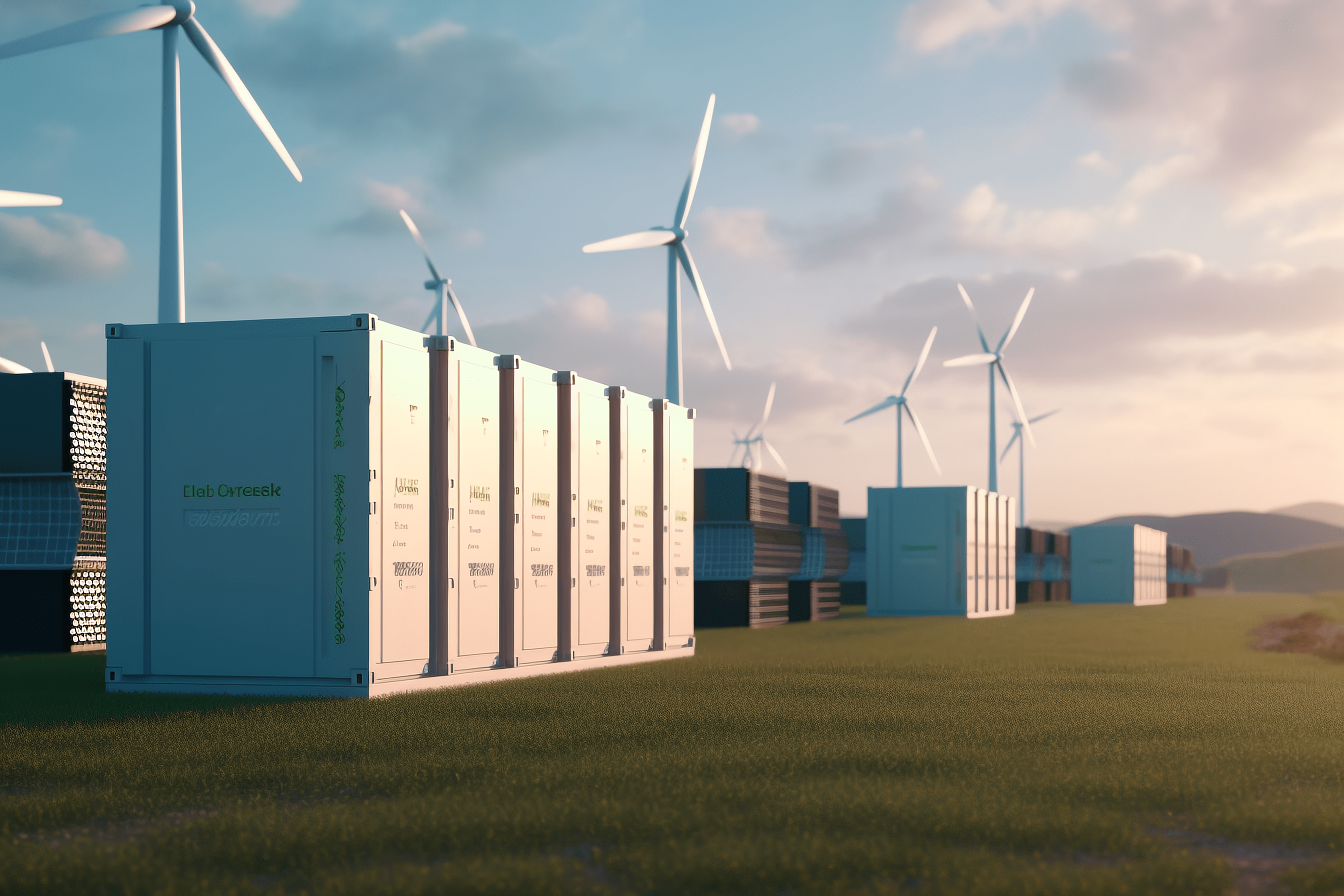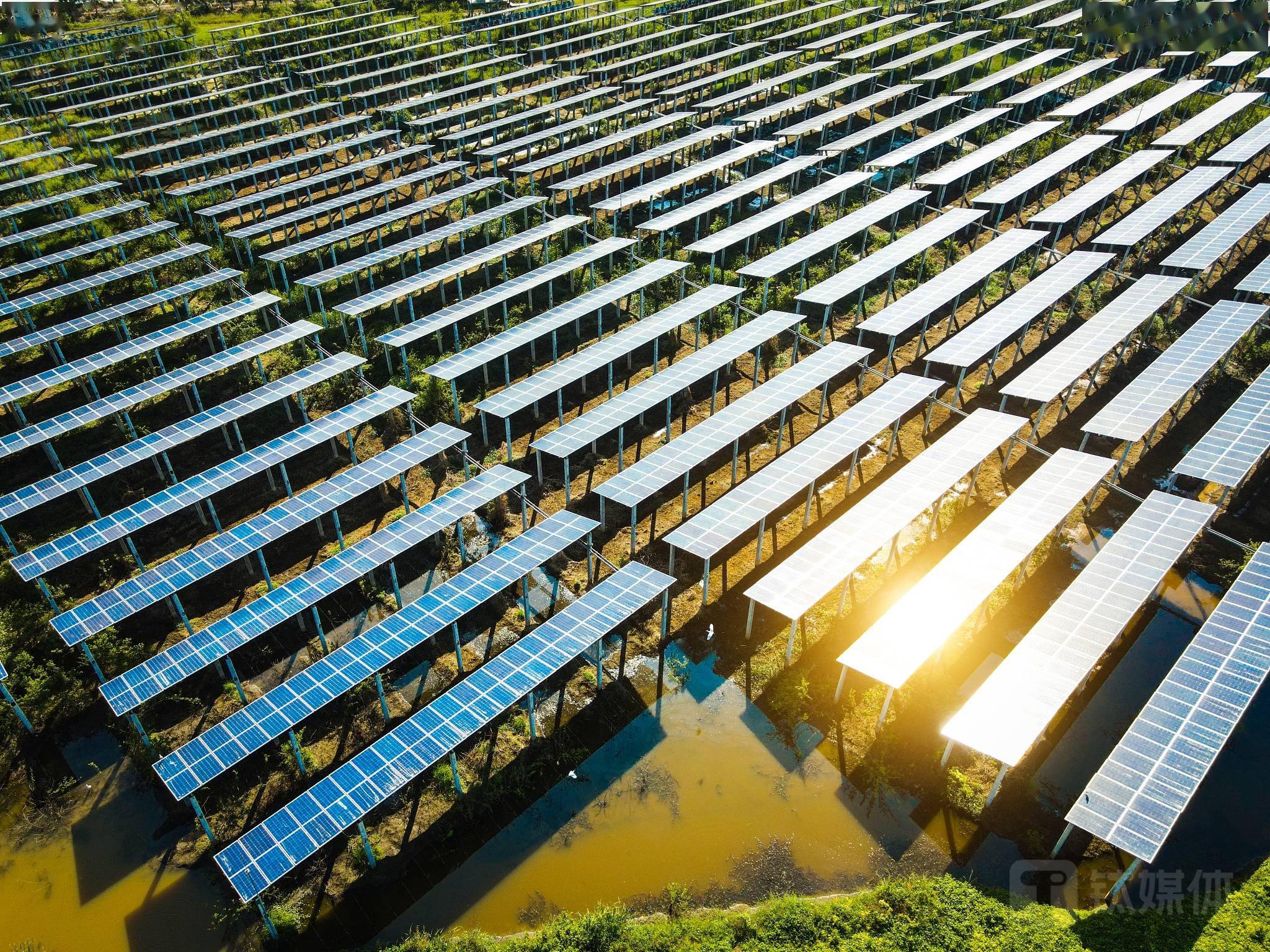
Dec . 01, 2023 15:19 Back to list
Commercial and Industrial Energy Storage: Maximizing Self-Consumption and Energy Savings
Commercial and industrial energy storage is a key type of user-side energy storage system that offers various benefits. One of the main advantages is its ability to maximize the self-consumption rate of photovoltaics (PV), which in turn, reduces electricity expenses for industrial and commercial owners. By installing energy storage equipment, businesses can effectively store excess energy generated by their PV systems during the day and use it during peak demand periods, rather than relying on the grid. This not only lowers electricity costs but also helps enterprises save energy and reduce emissions.
There are two main business models for the operation of commercial and industrial energy storage systems. The first model involves businesses installing energy storage equipment themselves. While this directly reduces electricity costs, it requires the users to bear the initial investment costs and annual equipment maintenance expenses. The second model involves energy service companies assisting users by installing and operating the energy storage systems. In this model, the energy service company invests in the construction of the storage assets and is responsible for their operation and maintenance. Industrial and commercial users then pay the energy service companies for their electricity costs.

Commercial and industrial energy storage has expanded to various application scenarios. Some of these scenarios include charging and swapping stations, data centers, 5G base stations, port shore power, and swapping heavy trucks. These diverse applications highlight the versatility of energy storage systems and their potential to contribute to a wide range of industries.
The structure of commercial and industrial energy storage systems consists of several components. The power conversion system (PCS) is usually built independently from the battery system. The PCS includes components such as grid-connected cabinets, transformers, and monitoring equipment. On the other hand, the battery system is housed in a container that integrates battery cabinets, confluence cabinets, and other necessary equipment. It also includes power supply, lighting, temperature control, humidity control, fire protection, safety escape, and other automatic control and safety guarantee units. Additionally, the power station needs a station power system to provide self-consumption power for the energy storage unit and a booster station to assist with grid connection.
When designing a commercial and industrial energy storage system, three points need to be considered. Firstly, the voltage of the battery pack must match the voltage of the integrated machine system. Secondly, the power stored in the battery pack must meet the user's requirements, such as energy time shift and peak-valley arbitrage. Lastly, when off-grid operation is required, the system must account for backup power during rainy days.
The choice of battery is an important consideration in commercial and industrial energy storage systems. Due to the relatively low requirements on response time, energy-type batteries are commonly used. These batteries offer a balance between cost, cycle life, and response time. Their main purpose is to ensure normal power consumption when solar radiation is insufficient. The capacity of the battery pack can be designed according to the specific needs and requirements of the system.
The commercial and industrial energy storage inverter, or PCS, plays a crucial role in the system. It is based on two-way conversion and is smaller in size, making it easier to integrate with the battery system. The PCS can be flexibly expanded based on the system's requirements. It has an ultra-wide voltage range and can accommodate various battery types. In addition to basic functions, the PCS also needs to provide grid support functions, such as primary frequency regulation and fast dispatch of source, grid, and load functions. This ensures the system can quickly respond to changes in power demand.
EMS (Energy Management System) is another important component of commercial and industrial energy storage systems. Typically, these systems do not need to accept grid dispatching, and their functions are relatively basic, focusing on local energy management. However, the EMS must support battery balance management, ensure operational safety, provide millisecond-level fast response, and enable integrated management and centralized control of energy storage subsystem equipment.

Looking ahead, industrial and commercial energy storage is projected to experience a new round of growth from 2023 to 2024. The demand for energy storage systems in this sector is substantial both domestically and internationally. While the competition pattern in the market has not yet fully formed, the industry as a whole is on the verge of an outbreak. There is great potential for commercial and industrial energy storage to become a standard configuration product in industrial production and large commercial districts, leading to significant room for growth.
ACDC, as a company focused on research and development, has been actively following the market demand for energy batteries. To meet the growing demand for commercial and industrial energy storage, ACDC has introduced a series of energy storage batteries specifically designed for this sector. The batteries offer modular and flexible expansion options, an all-in-one design with AC-coupled solutions, and customized energy content to perfectly match specific requirements. ACDC's comprehensive portfolio of energy storage solutions enables efficient and cost-effective storage, distribution, and utilization of energy where and when it's needed most. Through expert systems and applications teams, ACDC assists clients in optimizing the lifetime economics of their projects, resulting in investment-grade business cases that serve as the foundation for project planning and financing. With a customer-centric approach, ACDC provides end-to-end support throughout the entire process.
Related products:
Self-Cooling-EN-215 Outdoor Distributed Energy Storage Cabinet - Power Type
Will be removed if infringing
Reference website:https://www.pv-magazine.com
-
Stackable Battery System: Revolutionizing C&I Energy Storage with Suzhou ACDC
NewsJul.21,2025
-
Revolutionizing EV Charging with Suzhou DC Quick Charging Stations Solutions
NewsJul.21,2025
-
Revolutionize Your Power Needs with Suzhou ACDC's Portable Power Station Solutions
NewsJul.21,2025
-
Outdoor Integrated Temperature Control Cabinet: Elevating Energy Storage Cabinet Efficiency
NewsJul.21,2025
-
Container Type Energy Storage System: Revolutionizing Energy Storage with Stackable Battery Solutions
NewsJul.21,2025
-
Advanced Self-Cooling Energy Storage Cabinet Solutions
NewsJul.21,2025























